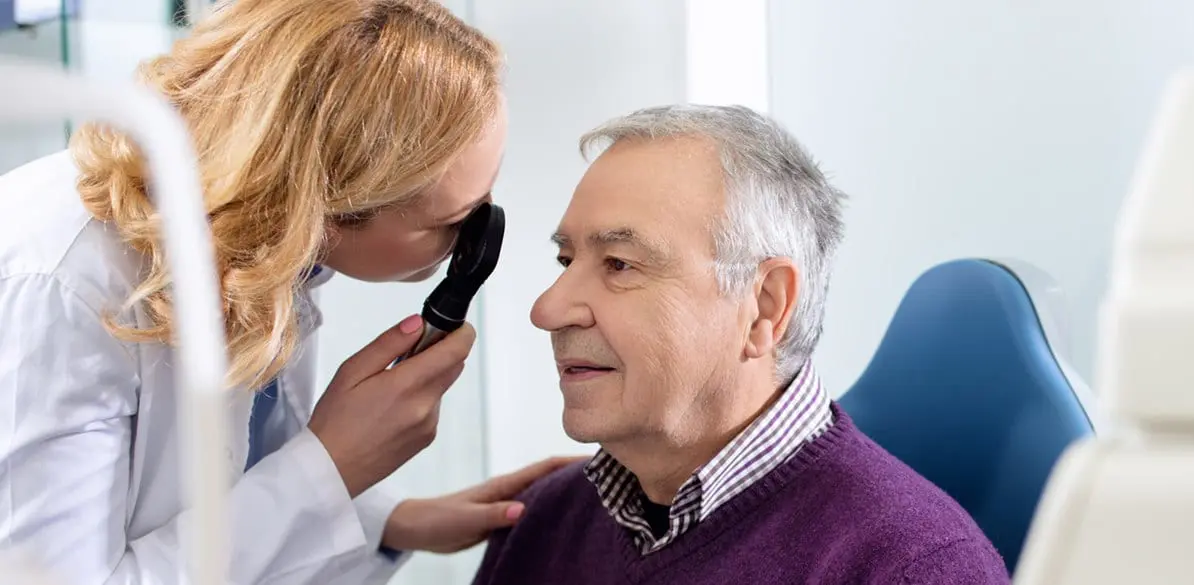Sight and driving in the elderly

The visual function that enables to obtain a greatest degree of information in the road or when crossing a street, decreases in nearly 25% of the population over 65 years of age, as a consequence of the characteristic diseases of aging such as hypertension, cataracts, glaucoma, diabetes, etc.
The information about fatal accidents leads to estimating that 50% of traffic accidents where elderly drivers are involved are related to visual defects.
Symptoms
The impairment of visual accommodation and adaptation to light changes, narrowing of the visual field, visual acuity, phototopic and mesopic visual acuity, the kinetics, perception of the contrast, etc., are very serious signs occurring during aging and that affect the safety of elderly people as drivers or pedestrians.
The sixty-year old driver needs three times more light that an adolescent and double time to adjust to changes from light to darkness. This visual disturbances hinder for night driving.
For example, the risk of suffering crashes in cars driven by the elderly are even higher if these drivers have cataracts that impair vision, and this situation occurs in over a half of the adults aged over 65 years.
Several studies demonstrate that cataract surgery reduces up to 50% the risks of collision in elderly drivers.
Three per cent of the drivers older than 60 years and 13% over 65 years show visual field disorders, though only 1% have binocular defects of the field.
The greatest risk of accident related to the visual field is seen in the binocular impairment of the field and in the associated diseases, such as retinitis pigmentosa and glaucoma.
The horizontal signaling and the degree of conservation is related to the insecurity of the elderly person, particularly in case of weather disturbances hindering vision.
Furthermore, the design of the vertical signaling and the overload or deficient information in some areas oppress the elderly driver. At night, elderly drivers need between a 65 and 77% more distance to read traffic signals.
Advice on sight and driving in the elderly people
- Physicians play a major role in the prevention of the accident rate in traffic in elderly people with visual disturbances.
- In the populations at risk we should advise frequent ophthalmologic reviews that enable to diagnose the visual disease from the onset and be able to act accordingly.
- Visual fatigue increases and the capacity for adaptation of optically compensated elderly people is reduced with anxiety, stress, driving at night or against the sun, physical or mental tiredness, somnolence, copious meals, alcohol intake and treatment with some drugs. Physicians should know how to explain to the driver the relationship of these circumstances with their visual problems.
- The recommendation to change driving habits based on visual function impairment is important considering that two thirds of the elderly drivers with visual disturbances consider that their sight is “good” to drive.
- The physician should insist recommending the elderly driver to use glasses while driving and to have spare ones in the glove compartment.
- It should be advised against driving in all elderly drivers whose visual capacity does not reach the limits established by the law.
